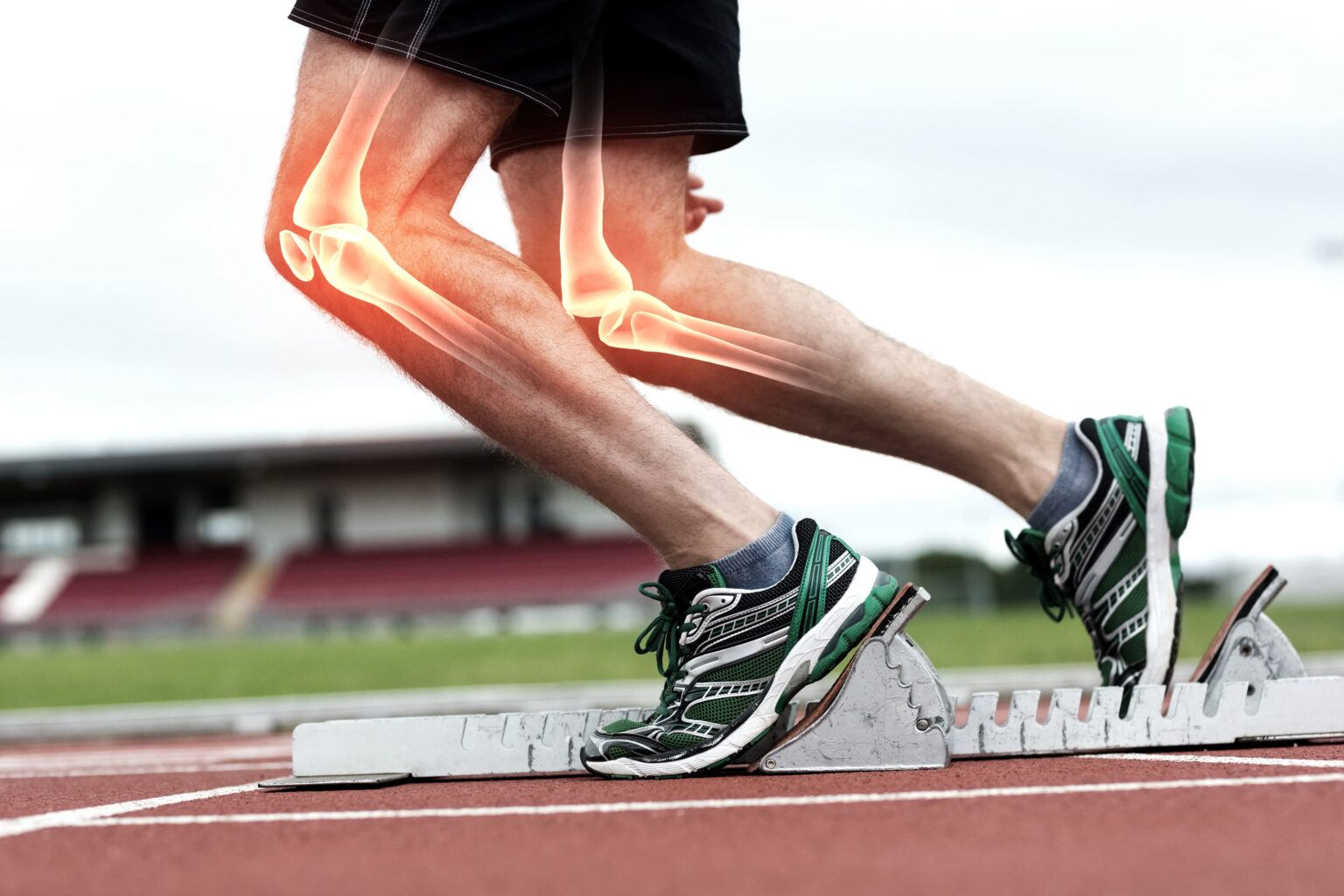SCHEDULE AN APPOINTMENT WITH US
Are Your Symptoms Affecting Your Quality Of Life?
Consult our MOH-accredited orthopaedic specialist for a detailed consultation & personalised treatment plan today.

Kneecap dislocation occurs when the kneecap (patella) shifts out of its normal position, usually sliding to the side of the knee.
This is commonly caused by a sudden twist or a direct impact. A dislocated kneecap can cause the knee to become unstable, making it difficult to move and leading to pain during daily activities.
Kneecap dislocation can occur when there is an abnormal movement or trauma to the knee. Several factors can increase this risk:
The symptoms of a kneecap dislocation can vary depending on the severity of the damage, depending on the extent of the injury. Common signs include:
SCHEDULE AN APPOINTMENT WITH US
Consult our MOH-accredited orthopaedic specialist for a detailed consultation & personalised treatment plan today.
Non-surgical treatments can help manage pain and improve knee stability after a dislocation. Common options include:
Surgery for kneecap dislocation is considered when the damage is severe, recurrent, or when other treatments have failed. Common surgical procedures include:
This procedure involves cutting the tight tissues on the outer side of the kneecap to reduce abnormal pulling, allowing the kneecap to move more freely within its groove.
If the ligament holding the kneecap in place is damaged, it can be reconstructed using a tendon graft from elsewhere in the body. This procedure is effective in reducing the likelihood of future dislocations.
In cases where the kneecap is misaligned, the attachment point of the kneecap tendon is repositioned to improve knee alignment and prevent further dislocations.
For less severe cases, minimally invasive arthroscopic surgery may be performed to realign the kneecap and repair any damaged cartilage or soft tissues. This approach typically results in less pain and faster recovery than traditional open surgery.
Maintaining a healthy lifestyle and weight through a balanced diet and regular exercise can help lower the risk of knee dislocations. Muscle-strengthening exercises like leg presses and squats strengthen the muscles around the knee and improve kneecap stability. Wearing proper footwear during these activities also supports the knees and reduces the risk of injury. Regular check-ups, particularly for individuals with a history of knee issues, can help in early detection and management of further knee damage.
Monday – Friday: 9.00am – 6.00 pm
Saturday: 9.00am – 1.00pm
Sunday & PH: CLOSED
Monday – Friday: 9.00am – 6.00 pm
Saturday: 9.00am – 1.00pm
Sunday & PH: CLOSED
Get Started
The kneecap may return to its proper position on its own, but it is recommended that you see a doctor to avoid any further damage to the knee. You may still require therapy to strengthen your knee and prevent future dislocations.
Yes, there is a chance of re-dislocation, especially if your knee muscles are weak. Strengthening these muscles through specific exercises can help lower the risk of future dislocations.
Recovery time varies depending on the type of surgery and the severity of the injury. It typically takes a few weeks to 3 to 6 months. Rest and physical therapy are necessary to speed up the healing process and regain full knee movement.